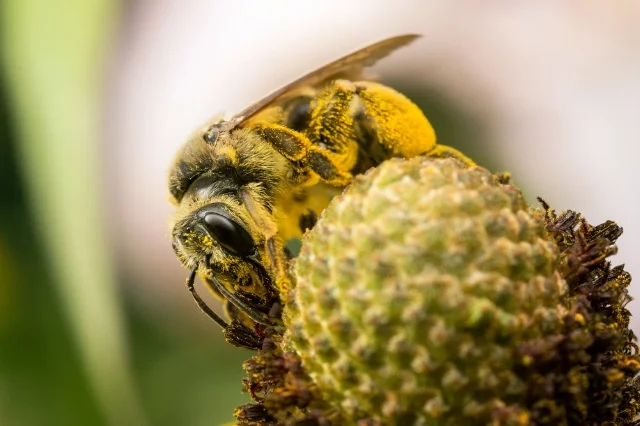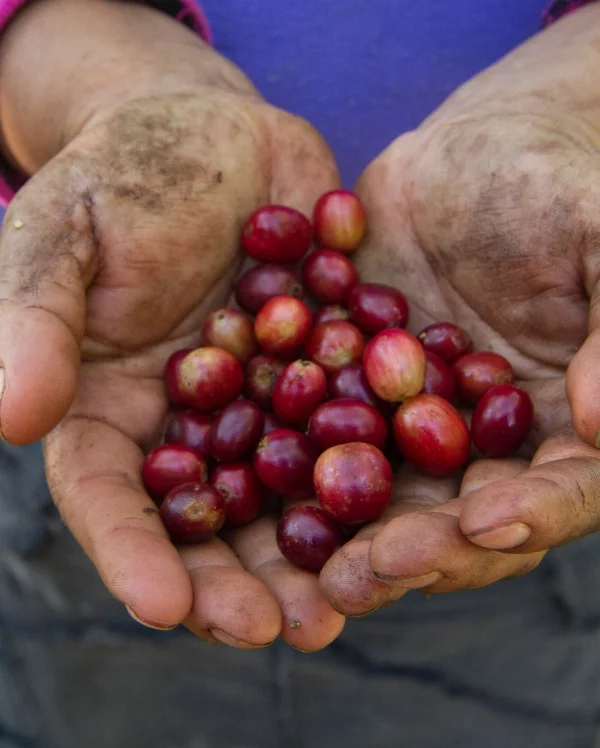Where Have All the Whip-poor-wills Gone?
Last summer about this time of year my family and I were camped in a far corner of a local campground, up against a recently harvested woodlot. One evening, we were sitting around the campfire when we heard the distinctive song of a Whip-poor-will coming from the logged area. We were thrilled! You see, it's become rare to hear a Whip-poor-will, and that's why we were so excited to hear one around the campfire.
Eastern Whip-poor-will populations have declined 60% over the past 45 years. Why Have Their Numbers Dwindled So Much?
Give a Warm Welcome to Wild Bees (Super-pollinators Part 2)
If you read Part 1, you know why it's so important to conserve this highly diverse group of super-pollinators. This follow-up post is intended to provide you with a few concrete actions you can take to provide these beneficial insects with safe places to nest and reproduce.
While the focus of pollinator conservation is often centered around planting flowers, providing nesting habitat is a critically important, but often overlooked step.
If you keep reading, I can almost guarantee you'll be charmed and surprised by the details of native bee nesting ecology, and want to know more about how you can help provide mother bees with a warm welcome in your own backyard, and beyond.
The Wonder of Wild Bees (Super-pollinators Part 1)
Pollinators are in significant decline due to a combination of factors including loss of habitat, disease, parasites, and environmental contaminants. However, honey bees have received most of the attention. Our domesticated honey bees pollinate many of our crops and provide valuable honey, but they are not native here. They were brought over from Europe about four hundred years ago and their numbers are vast (almost 3 million hives in the U.S. alone). We have over 4,000 species of native bees in North America that have co-evolved with our native plants over millions of years, many of which are experiencing catastrophic declines.
Saving Songbirds Starts with Your Morning Coffee
Hallowed Habitat
Baby Bats Need Love Too
These furry, winged mammals have been the subject of so much mythology, lore, and horror stories – it’s hard to know where to begin. For starters, there’s the old-wives’ tale that bats often get tangled up in long hair (simply untrue), and let’s not forget the widely held belief that most bats have rabies and will attack. Like other wild animals, bats can contract rabies but less than ½ of 1% of bats actually have the disease. It is rare to be bitten by a bat because they are shy and avoid people, biting only in self-defense if handled.









